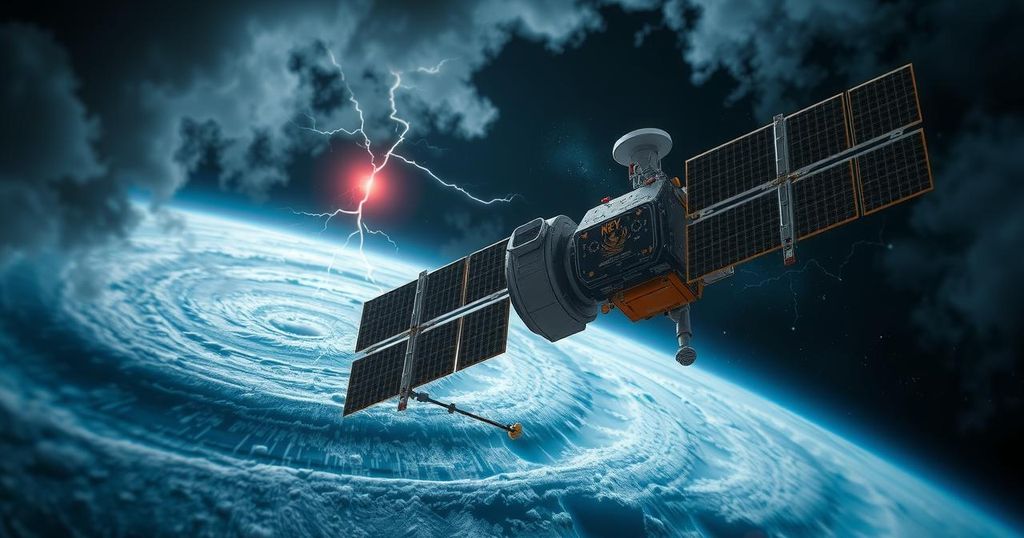Forecasters Concerned Over Losing Key Satellites Before Hurricane Season

- Meteorologists rely on satellites to monitor tropical storms and hurricanes.
- The Defense Meteorological Satellite Program is ceasing operations soon.
- DMSP data contributes to 75% improvement in hurricane track forecasts since 1990.
- Cybersecurity risks have been cited as a reason for terminating DMSP data.
- NOAA-20 and NOAA-21 satellites offer less effective replacements for critical hurricane data.
Importance of Satellites in Monitoring Hurricanes
As the Atlantic hurricane season ramps up, the looming loss of three key weather satellites raises significant concerns among meteorologists. Relying on satellites is crucial for observing tropical disturbances far from land, particularly as they form and potentially strengthen into hurricanes. These satellites allow meteorologists at the National Hurricane Center to gather critical data about storm formation, their intensity, and trajectory before they become a threat to populated areas.
Concerns About Losing DMSP Satellites
The Defense Meteorological Satellite Program (DMSP) has long been a vital source of information for meteorologists, with its satellites taking high-resolution images and making it possible to analyze the internal structure of storms. The infrared data from these satellites has enhanced forecasting capabilities, allowing scientists to identify details like the storm’s low-pressure center and signs of rapid intensification – key factors in predicting the future path of hurricanes. However, forecasts have significantly relied on these satellites, particularly given that nearly 80% of hurricanes hit major intensification before landfall, which poses a risk to communities, infrastructure, and evacuation protocols.
Transition to New Satellite Technology
In an announcement made by the Trump administration, the DMSP data collection was ordered to cease by July 30, 2025, citing cybersecurity risks and the aging status of these satellites. Originally designed for a five-year lifespan, many of these satellites have now exceeded their operational life, which raises more alarm bells for meteorologists as predictions enter a critical window. Although some new replacement satellites, such as the NOAA-20 and NOAA-21, offer similar data, they do so with a lower resolution that limits their effectiveness in precise storm tracking.
The prospect of losing access to the DMSP satellites amid an active hurricane season poses a major hurdle for meteorologists. The additional challenges from ineffective replacements and past cancellations of advanced satellite programs deepen concerns. As we proceed through the hurricane season, the reliance on existing data sources will be crucial, and the potential for increased danger to communities is significant.







